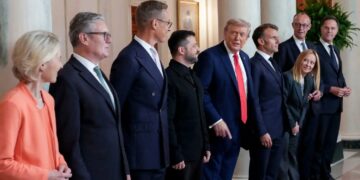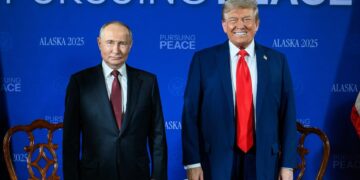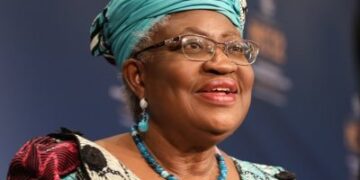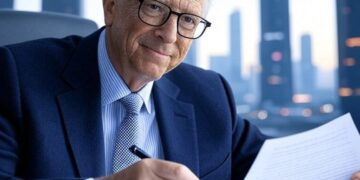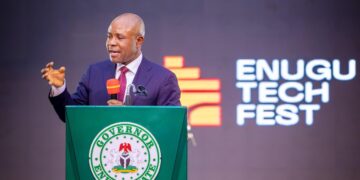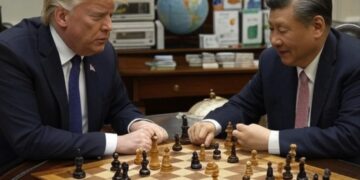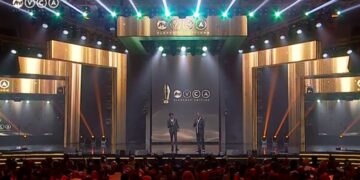Anchorage, Alaska – August 15, 2025* – In a highly anticipated summit at Joint Base Elmendorf-Richardson, U.S. President Donald Trump and Russian President Vladimir Putin met to address the Russia-Ukraine war, marking the first U.S.-Russia summit since 2021. The event, dubbed “Alaska 2025,” drew global attention as stakeholders awaited potential progress toward peace. However, despite a choreographed display of diplomacy, the three-hour meeting concluded without a ceasefire or concrete agreements, leaving the path forward uncertain. The summit began with symbolic gestures: Trump greeted Putin on a red carpet flanked by F-22 Raptors, and the two leaders shared a ride in “The Beast,” Trump’s presidential limousine.
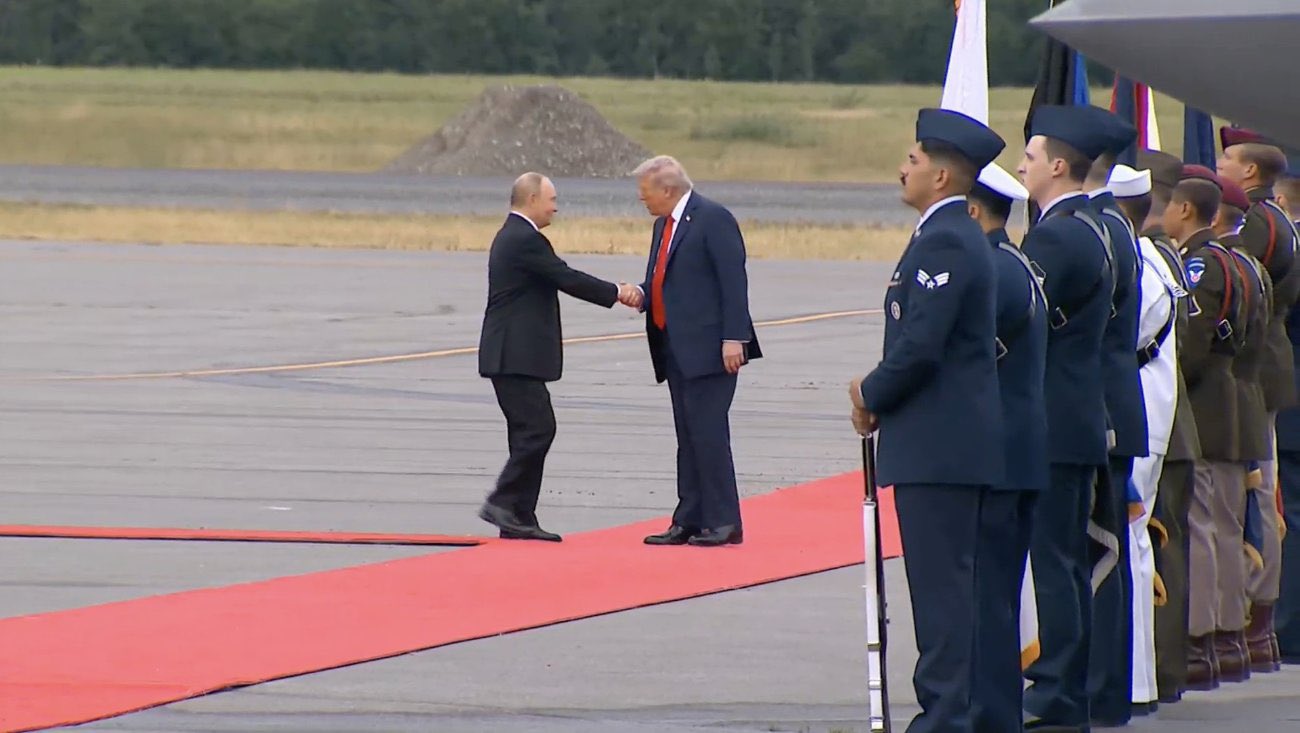
Discussions, attended by U.S. Secretary of State Marco Rubio, Special Envoy Steve Witkoff, Russian Foreign Minister Sergey Lavrov, and Kremlin aide Yuri Ushakov, focused primarily on Ukraine but also touched on trade, Arctic resources, and the expiring New START nuclear treaty. At the joint press conference, Trump described the talks as “productive” but vague, stating, “There’s no deal until a deal is done.” Putin echoed the ambiguity, hinting at an “agreement” but offering no details, only expressing hope for peace. The absence of Ukrainian President Volodymyr Zelenskyy loomed large. Kyiv and European allies, including the UK, France, and Germany, emphasized that no deal could succeed without Ukraine’s involvement. Zelenskyy rejected Trump’s floated idea of “territorial swapping,” citing Ukraine’s constitutional ban on ceding land. European leaders reiterated support for Ukraine’s sovereignty, wary of Trump’s warm reception of Putin, who faces an ICC arrest warrant the U.S. does not recognize. For Putin, the summit was a diplomatic coup, breaking his international isolation without concessions. Russian media framed it as evidence of Moscow’s enduring global influence. For Trump, the meeting was a chance to project himself as a peacemaker, though critics, including analyst Kristina Hook, argued it failed to address Russia’s refusal to recognize Ukraine’s sovereignty. A Pew survey showed 59% of Americans doubt Trump’s approach to Russia, with 33% believing he leans too heavily toward Moscow. Stakeholders in energy, defense, and trade sectors watched closely, as discussions hinted at potential Russian-American cooperation in Arctic resources and economic deals. However, with no firm commitments, businesses face continued uncertainty amid sanctions and geopolitical tensions. The looming New START expiration in 2026 adds further complexity, with no progress reported on nuclear arms control. Both leaders hinted at future talks, with Trump planning to debrief Zelenskyy and European counterparts, and Putin suggesting a follow-up in Moscow. Yet, as analyst Maria Popova noted, the summit’s outcome suggests either a pivot to include Ukraine or pressure on Kyiv to accept Russia’s terms, risking allied backlash. For now, stakeholders are left with Trump’s mantra: no deal until a deal is done.





